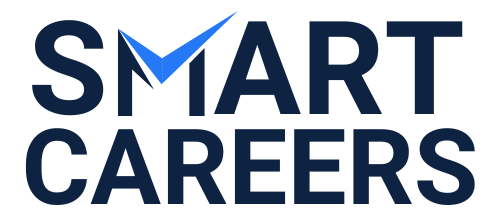There are many different tools that can be used for data analytics, depending on the specific needs of the analyst and the type of data being analyzed. Some of the most popular tools include:
- Programming languages: Python and R are two popular programming languages that are widely used for data analytics. They offer a wide range of libraries and tools for data manipulation, visualization, and machine learning.Data visualization tools: Tableau, Power BI, and Looker are popular data visualization tools that allow analysts to create interactive dashboards and reports to communicate their findings.ETL tools: ETL tools (extract, transform, load) are used to move data from different sources into a central repository for analysis. Talend and Pentaho are popular ETL tools.Machine learning tools: Machine learning tools such as scikit-learn and TensorFlow can be used to develop and train machine learning models to make predictions and insights from data. In addition to these general-purpose tools, there are also many specialized tools that can be used for specific data analytics tasks. For example, there are tools for text analytics, image analytics, and social media analytics.Here is a more detailed overview of some of the most popular data analytics tools:
- Python: Python is a general-purpose programming language that is easy to learn and use. It has a large and active community of developers, and there are many libraries and tools available for data analytics.R: R is another popular programming language for data analytics. It is known for its statistical capabilities and its wide range of statistical libraries.Tableau: Tableau is a popular data visualization tool that allows analysts to create interactive dashboards and reports. It is easy to use and can be used to create visually appealing and informative visualizations.Power BI: Power BI is another popular data visualization tool that is integrated with Microsoft Excel. It offers a wide range of features for data visualization, reporting, and collaboration.Looker: Looker is a cloud-based data analytics platform that provides a unified view of data from multiple sources. It offers a variety of features for data exploration, visualization, and reporting.RapidMiner: RapidMiner is a data science platform that provides a wide range of tools for data preparation, modeling, and deployment. It is a good choice for analysts who need to develop and deploy machine learning models at scale.KNIME: KNIME is another data science platform that is similar to RapidMiner. It offers a wide range of tools for data preparation, modeling, and visualization.Talend: Talend is an ETL tool that is used to move data from different sources into a central repository for analysis. It is a good choice for analysts who need to integrate data from multiple sources.Scikit-learn: Scikit-learn is a machine learning library for Python. It provides a variety of tools for developing and training machine learning models.TensorFlow: TensorFlow is a machine learning library for Python and R. It is a good choice for analysts who need to develop and deploy machine learning models at scale. The best data analytics tools for you will depend on your specific needs and the type of data you are analyzing. If you are new to data analytics, it is a good idea to start with a general-purpose tool such as Tableau or Power BI. Once you have a better understanding of your needs, you can explore more specialized tools.
